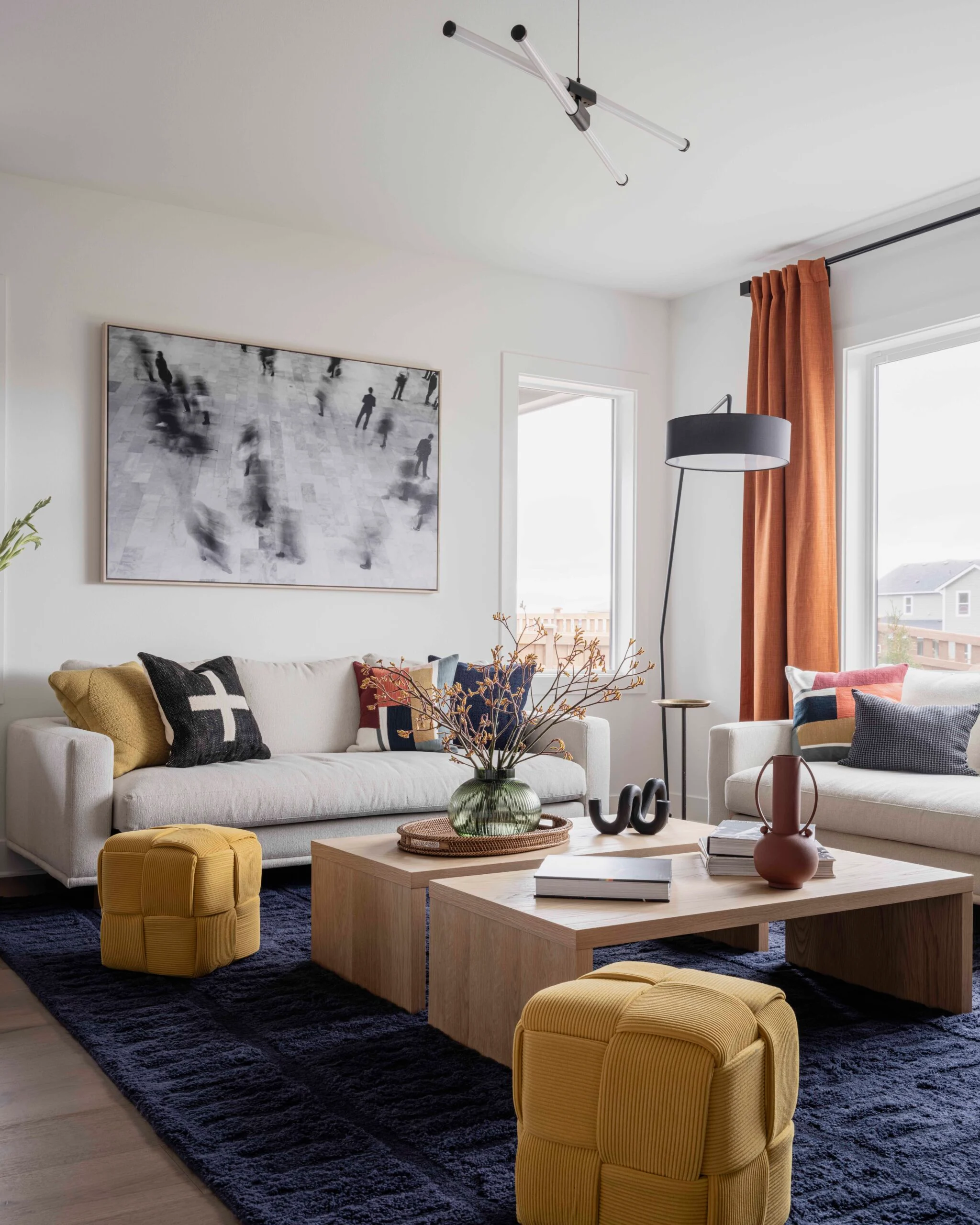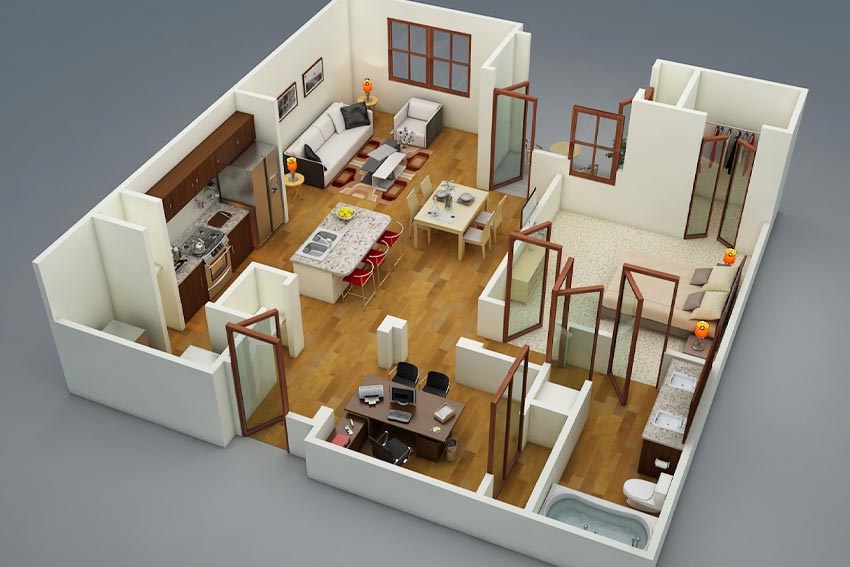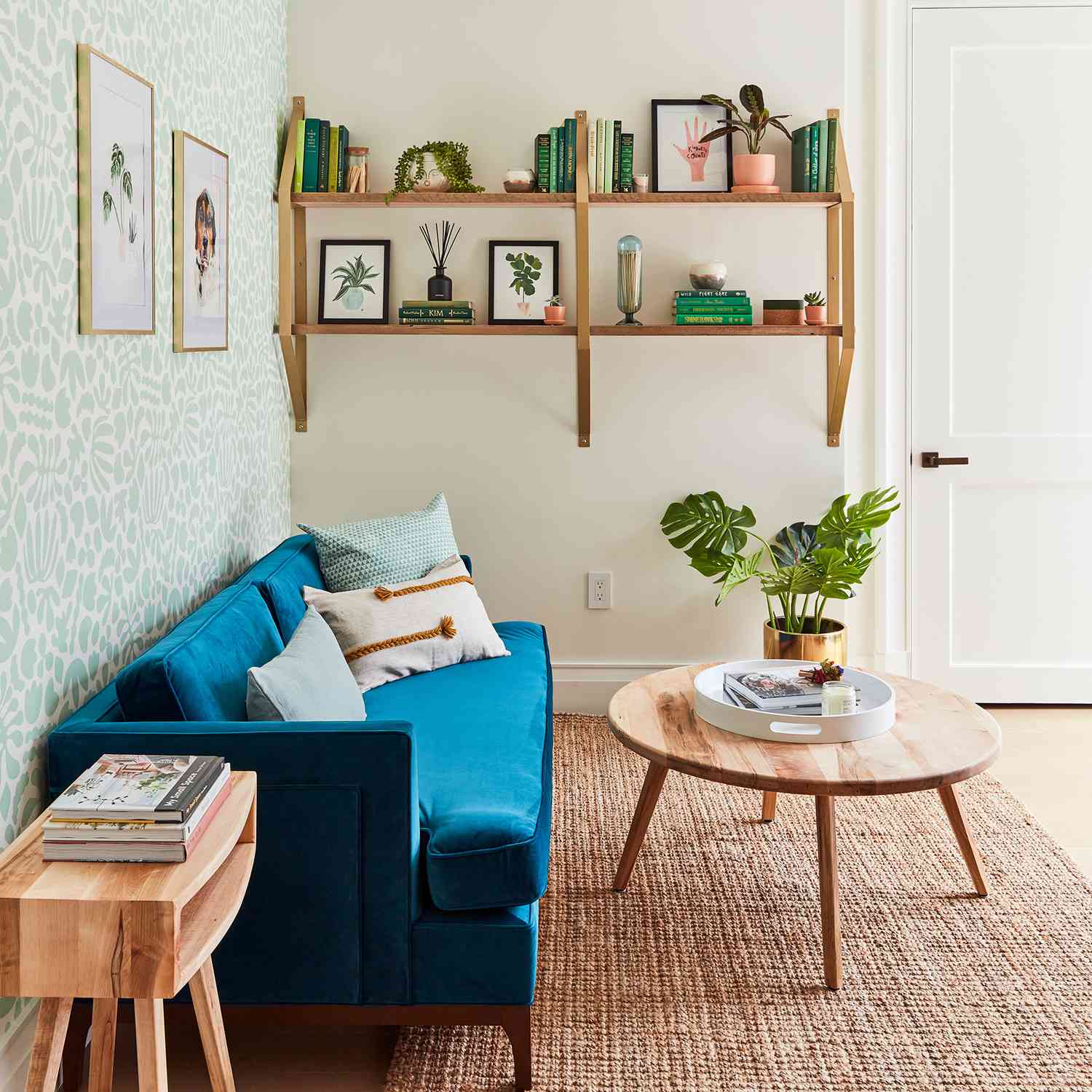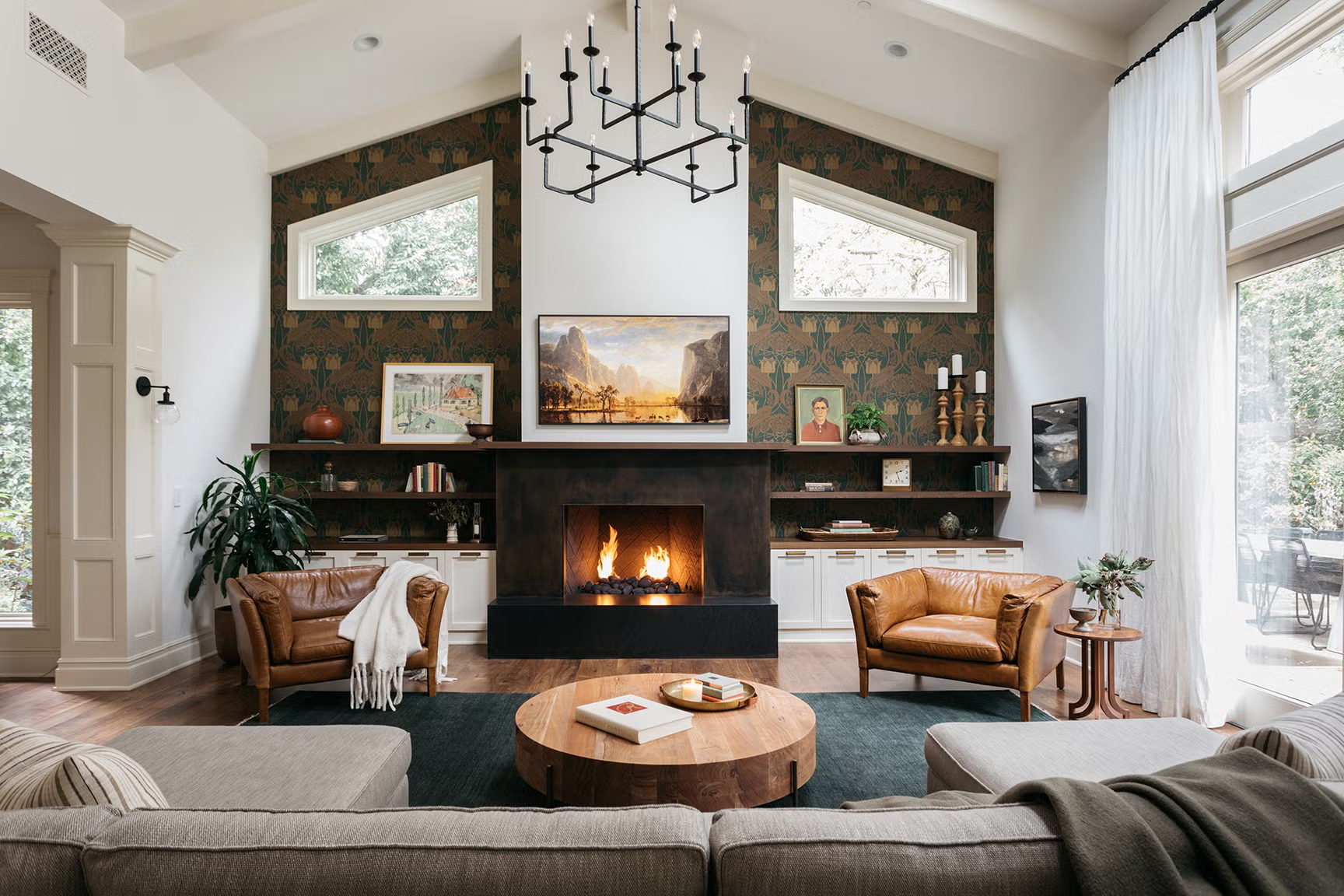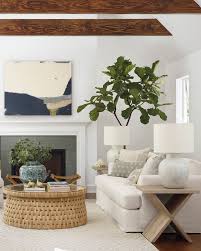
Room Decorating Process space leave you feeling stuck or overwhelmed? Whether it’s your living room, bedroom, or your whole house, it can be enough to make you want to pull the covers back over your head and think, “Forget it — I’ll just leave things the way they are!”I get it — and that’s exactly why I’m here to guide you through a clear, step-by-step process that breaks home design into simple, manageable stages.This is the same method I use in my own design projects, but the goal is to make it flexible so it works for you — your lifestyle, your space, and the people you share it with. Follow these principles, and you’ll create a room that’s comfortable, cohesive, practical, and uniquely your own. And don’t worry — it doesn’t have to cost a fortune. I truly believe that working within limitations, whether budget or otherwise, often sparks more creativity and leads to a more interesting design.
With some thoughtful planning, resourcefulness, and a bit of extra effort, you can save money and end up with a space that feels authentic and personal. I wholeheartedly believe this. Home decorating plan
Home decoration process step by step .A financial plan is essential if you want to keep your home decoration project on track. Determine your overall spending limit right from the beginning. Organize your expenses into categories such as “essentials,” “nice additions,” and “low priority.” Then, roughly outline the estimated costs for each group.I begin by setting up a spreadsheet that includes every detail of the project. I list all fixed expenses along with estimated costs, which I later update with actual figures once they’re confirmed. if you intend to purchase any materials yourself, make sure to measure the area in square feet to calculate your material costs accurately.How to plan home decorating .Before spending any of your well-earned money, start your design journey by creating a mood board. Once it’s complete, take a step back and look for the patterns or themes that emerge.Having a clear plan in place before you dive in is always a wise move. A mood board — along with a thoughtful strategy — can help you prevent a mismatched look and save you from expensive design missteps.
Here are a few questions to consider:
- What’s the main purpose of the space you’re designing? Will it serve as a functional area for family and guests, or is it meant to be a cozy, personal retreat?
- What kind of atmosph ere do you want to create? Think about a few words that describe how you want the room to feel.
- What design styles, themes, or colors appeal to you most? Keep in mind that our tastes can surprise us once we start exploring different options — more on that soon.
- Room decorating process:
- Click here to explore simple ways to design your own mood board. One of the fastest and easiest methods is to create a Pinterest board. Start saving images of rooms, color palettes, furniture, and décor pieces that catch your eye.
If you’re not sure about your preferred style—or even if you think you already know it—try to approach this with an open mind. Just pin whatever inspires or attracts you without overthinking it.
Pro tip: When saving furniture pieces, look for images shot against a plain white background. This helps you visualize each item clearly and see how it works alongside your other selections, without the distraction of a fully styled room.
Often, you’ll notice a Pinterest “pin” icon on brand websites, which makes it easy to save images directly—especially when you find standalone product shots that aren’t already on Pinterest.
Once you’ve collected around 50 pins, take a moment to review your entire board.
What types of styles, colors, shapes, or textures appear most often?
Which combinations or details make you feel excited or at ease?
For instance, are you drawn to calm, neutral walls with soft whites, or do you gravitate toward bold, energetic hues?
Do your saved images align with the look you originally had in mind? If they do, perfect! If not, embrace the new direction that’s emerging from your choices.Trust your instincts! Remember that decorating is a creative process, and discovering what you truly love is part of the fun.
Home decorating checklist :Even though I thought I already knew my style, my saved pins told a different story. Lately, I’ve discovered that I’m more drawn to calming neutrals and contemporary spaces than I used to be—and honestly, Pinterest deserves the credit for that realization!After pinning countless rooms that caught my eye, I took a step back and noticed a pattern: “Wait a second—I’m really into soft neutral tones, simple modern lines, black-framed windows, and lots of greenery!” The plants part wasn’t exactly a surprise, but I definitely thought I leaned more toward color than I actually do.Just like a photo reveals the truth, your collection of pins doesn’t lie either. Looking at them together can be the perfect way for Pinterest to help you check in with your true home style.
Home design and decorating process: Once you’ve created your initial Pinterest mood board (a quick, simple step that doesn’t require any design skills), you can go a bit deeper by building a more refined board, like the example I’ve shared below. This step isn’t essential, but it helps you visualize your overall direction more clearly.Here’s a link with some easy mood board tools to get you started.
You might also want to make a second Pinterest mood board that focuses on your narrowed-down ideas. Keep your first board intact—it serves as a great reference for your original inspiration and for saving source details from any images you’ve uploaded or pinned yourself.Pin items that resemble pieces you already own. Some of the images on my board represent furniture or décor I already have, and this helps me see how they blend with new ideas. The main goal is to mix your existing items with new concepts to see how well they complement each other.Experiment with multiple versions of each element—try out several sofas, pillows, rugs, coffee tables, and lamps. Compare how they interact: Is there too much contrast or not enough? Are the patterns overwhelming? Does one color dominate too much? Is the setup durable enough for your household? Take a thoughtful look and evaluate what works best together.
Decorating your home in phases allows you to find what truly inspires your design direction. I like to think of a “springboard object” as the launching point — much like a gymnast’s vault board — that helps propel your ideas forward.In addition to your overall design vision, you can choose a single object, artwork, or decor piece to guide and organize the flow of your project. Maybe it’s a painting or a rug that naturally establishes your color palette. Or perhaps it’s a unique thrifted treasure or antique that sets the tone, mood, or overall vibe of your space. Always, though, trust your instincts. Just because you find a vintage piece with a hint of purple doesn’t mean you need to repeat that color everywhere. Let your “springboard object” inspire you — but not dictate your design choices.
Home Decor Planning Guide .This step can come either before or after the next section on selecting your key foundation furniture pieces. Whichever order you choose, it’s absolutely essential to take accurate measurements and sketch a simple floor plan of your space. Include your proposed furniture layout and any major room features before making any purchases.if you’re already eager to start planning, you probably have a few furniture pieces in mind that have caught your attention. To determine whether they’ll truly work in your space, you’ll need to map them out—either digitally or on paper—and visualize the layout.You can go the classic route with graph paper, a pencil, and an eraser to create a scaled drawing—using 1 square to represent 1 foot—and arrange furniture templates or cutouts. It’s a fun, hands-on way to explore layout ideas, and it works perfectly well!
How to decorate your home from scratch .After creating a plan view, the next essential step is to use blue painter’s tape (or even a few crossing tape measures if needed) to outline your layout directly on the floor or wall. This helps you visualize how different pieces will actually fit in real life. Sketching everything on paper is valuable, but testing the arrangement in your physical space gives you a better sense of scale and comfort. Research standard interior design measurements—like how much clearance to leave between dining chairs and walls for easy movement, or the ideal distance between a sofa and coffee table for comfortable use. It’s easy to overlook these details, but leaving only 12 inches of walking space between your sofa and a wall, for instance, will quickly feel cramped once you’re living with it. Use this stage to also think about practical considerations such as outlet placement, wall features, and lighting—whether you’re planning to mount a TV, install wall sconces, or add ceiling fixtures that require wiring. Seeing your ideas mapped out to scale offers an important reality check for your inspiration and mood boards. The goal is to ensure every piece not only looks great but also fits beautifully within your space—saving you from costly mistakes and uncomfortable layouts later.
Planning your home decorating project. starts with deciding whether to choose some furniture pieces you love and then check how they fit in your space, or to measure your room first to figure out what sizes will work best. Realistically, I know what I’d do — I’d fall for a few favorite pieces first, see if they fit, and if not, find something similar that doesOnce that’s settled, we can move on to the furnishing essentials. For a living room, that usually means starting with a sofa and coffee table, or perhaps a sofa paired with two armchairs.
To begin, I’d suggest choosing a neutral-toned sofa along with a simple coffee table, or pairing the neutral sofa with a couple of leather chairs — maybe midcentury, club-style, or any design that’s sleek and timeless. The idea is to start with foundational pieces that are flexible and can adapt to a range of styles, color palettes, and accents. Seven years down the road, you might find yourself ready for something different from the modern farmhouse vibe you love today. And before you grab the pitchforks over that thought — trust me, I’m speaking from experience! It’s surprising how much our tastes can evolve over time. It’s not that I dislike what I used to love; it’s just not what I’d choose now.

